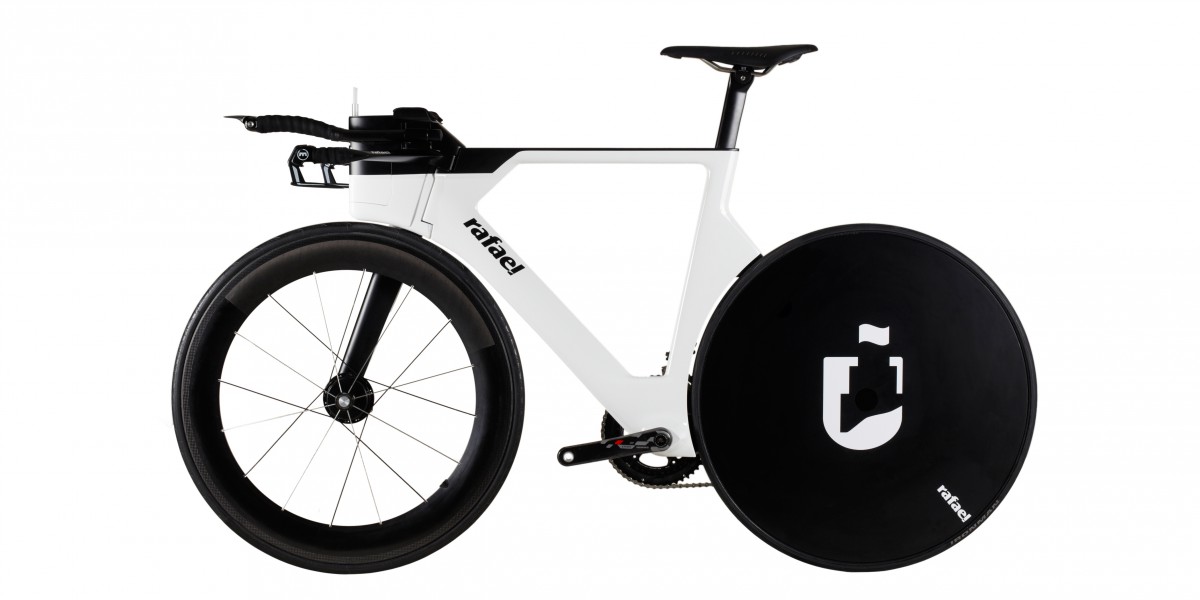Tom A. wrote:
fredly wrote:
Canti brakes on cross bikes were (are?) traditionally set up to maximize pad travel for mud clearance as opposed to stopping power. Definitely isn't common knowledge that you can go the other way with 'em. But you do pretty much have to pick one or the other.If only there was a type of brake that allowed for both large pad clearance AND high leverage (AKA "stopping power") once the pads came close to the braking surface <cough...cam actuated center-pull...cough> ;-)
The Shimano brakes use servo wave.
This does bring the pads in quick and then increase leverage once contact is made.
It is also incorporated into all of their traditional brakes.
SRAM brakes use taperbore to achieve a similar effect on their hydraulic systems.
There is simply no problem with a properly setup disc system with disc rub.
The only problems here are people being scared of a technology they don't understand and haven't yet figured out how to fix themselves.
When you have to always compare an entry level abused non serviced system to the best in class well maintained system, you have obviously lost the debate.
I like discs and it is because there are several places where a disc system is simply better for the riding I do as well as ease of build when putting together new bikes.
If there are 2 bikes to build and one is electronic/hydro disc, I will pick the electronic/hydro disc everytime, they are just easier.
For me the ride comfort of a full carbon rim over any alloy combination is a major decider.
It is just better.
Same reason I use latex tubes, they are just better.
And wanting latex tubes is very similar to wanting discs, there are particular things you need to know to successfully run latex but if you understand them they outperform conventional tubes in almost every way.
3/4 of the world cannot seem to manage latex tubes and no doubt there will be a shitload of people who will never manage discs, but that is not a problem with the technology, just the user who thinks that their bicycle is a car that they can jump in and abuse for 50000km and then get a service and all will be peachy.
Having said that, if I were to build a tri bike tomorrow to race on, I would pick any old frame that fit me, get some cheap second hand tubs that nobody wants anymore and race on a shoestring.
Realistically any tri bike is a race bike only, they are just not good training bikes, so all of the cheap yesteryear tech is just fine and cheap as chips with very little loss of speed over the latest and greatest.
But for a roadbike to train and race on putting in a lot of KM's, give me a disc bike any day over a conventionally braked bike..

